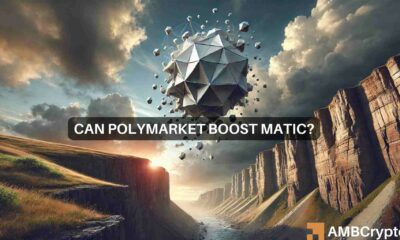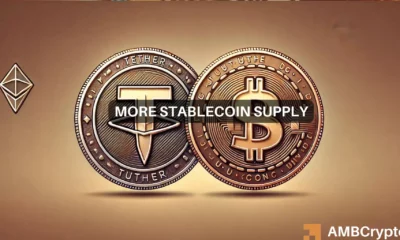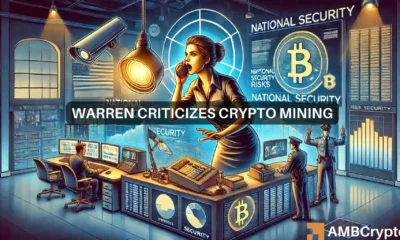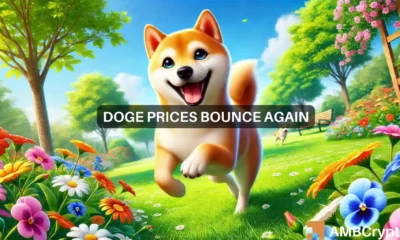Ethereum’s L1 would have no problem interacting with zkEVMs, Vitalik clarifies

- The Ethereum blockchain would expand to a three-layer client.
- Latency and data efficiency remained a problem.
Ethereum [ETH], plagued by transaction delays and network congestion a few years back, has been on top of solving these challenges, thanks to the plethora of scaling solutions. The last of these is the zero-knowledge integration with the Ethereum Virtual Machine [zkEVM], launched by Polygon [MATIC].
How much are 1,10,100 ETHs worth today?
Although the Mainnet Beta was inaugurated on 27 March, not many intended participants understand how the L1 project would interact with its L2 counterpart. Due to this blurred view, Vitalik Buterin released a blog post concerning the matter.
It’s time for a sharing formula
According to the Ethereum co-founder, the project’s nodes consisting of the consensus and execution client have been reduced to allow for zkEVM participation. The execution client uses the Proof-of-Stake (PoS) mechanism to validate data on the blockchain. Conversely, the consensus client is responsible for maintaining the latest database and executing transactions.
Normally, these clients account for two-thirds of the network. But with the introduction of the zk rollups have ensured that it is not the case anymore. Therefore, allowing developers to intervene while the chain stops finalizing blocks. Vitalk noted,
“As of today, no consensus or execution client makes up more than 2/3 of the network.”
In addition, Vitalik pointed out that the space freed would mean that zkEVM becomes the third Ethereum client. However, he noted that it won’t be as immediate since the L1 needs to work on using them for verification to verify execution.
Of challenges and fixes
Despite the zk capability, Vitalik mentioned that there were problems that no L2 could solve. He mentioned the latency challenge, which could allow disruption of the chain after a late published block. And data efficiency, which could expose validator signatures. However, he cited that there were possible solutions in the long-term saying,
“The latency challenge could be addressed by being careful when designing the single-slot finality protocol. The data efficiency issue would have to be addressed by having a separate protocol for aggregating verification-related data.”
Further insights into the publication made mention of the zk Succinct Non-Interactive Argument of Knowledge (zk-SNARKS). As zk proofs allow parties to verify a true statement without revealing any other information, zk-SNARKS allows proof of possession with no interaction between the prover and verifier.
Read Ethereum’s [ETH] Price Prediction 2023-2024
As Vitalik puts it, the zk-sNARKS and ERC-4337, which makes it possible to create and transact contracts on the blockchain, could also solve the data efficiency issue.
Meanwhile, the Ethereum head conceded that the whole process would take a long time to become reality. He also admitted that slow block execution and verification could be a problem in the initial stages.






